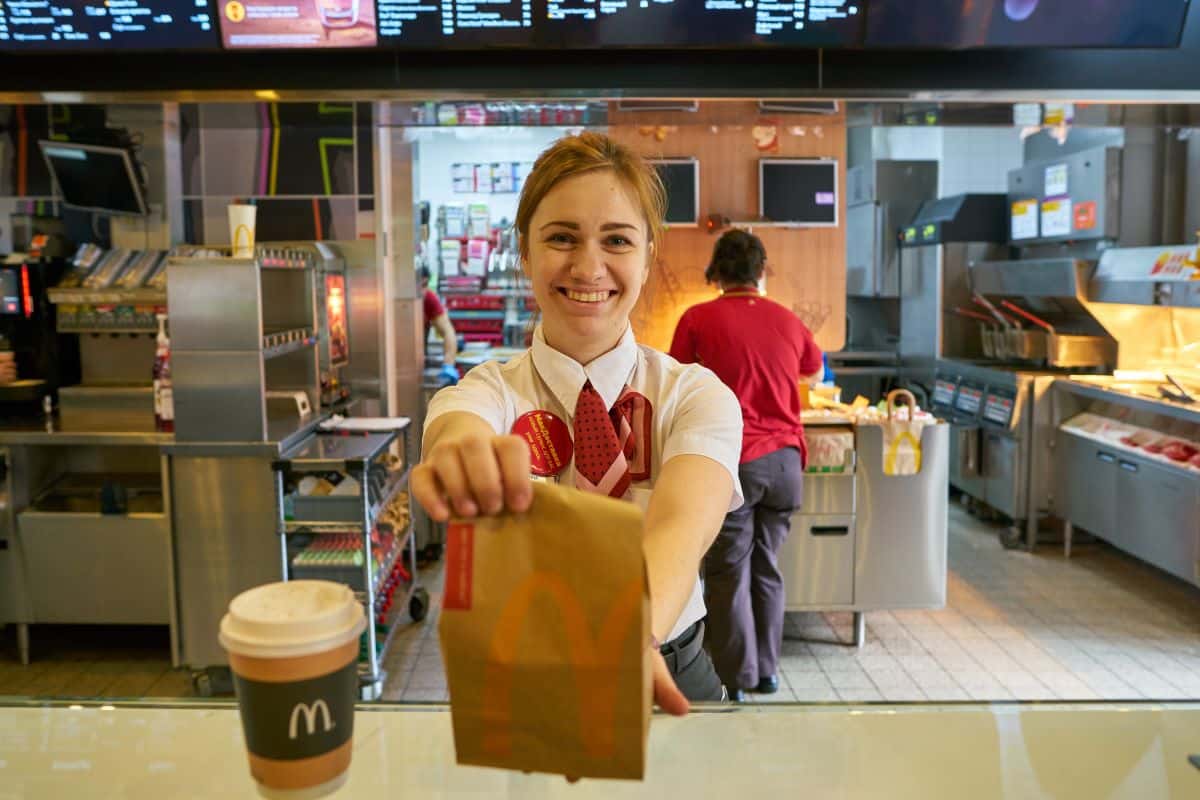Months after California brought in a new $20 minimum wage for fast food workers, we finally have some actual evidence of how the industry has been affected.
California’s $20 Minimum Wage for Fast Food Workers
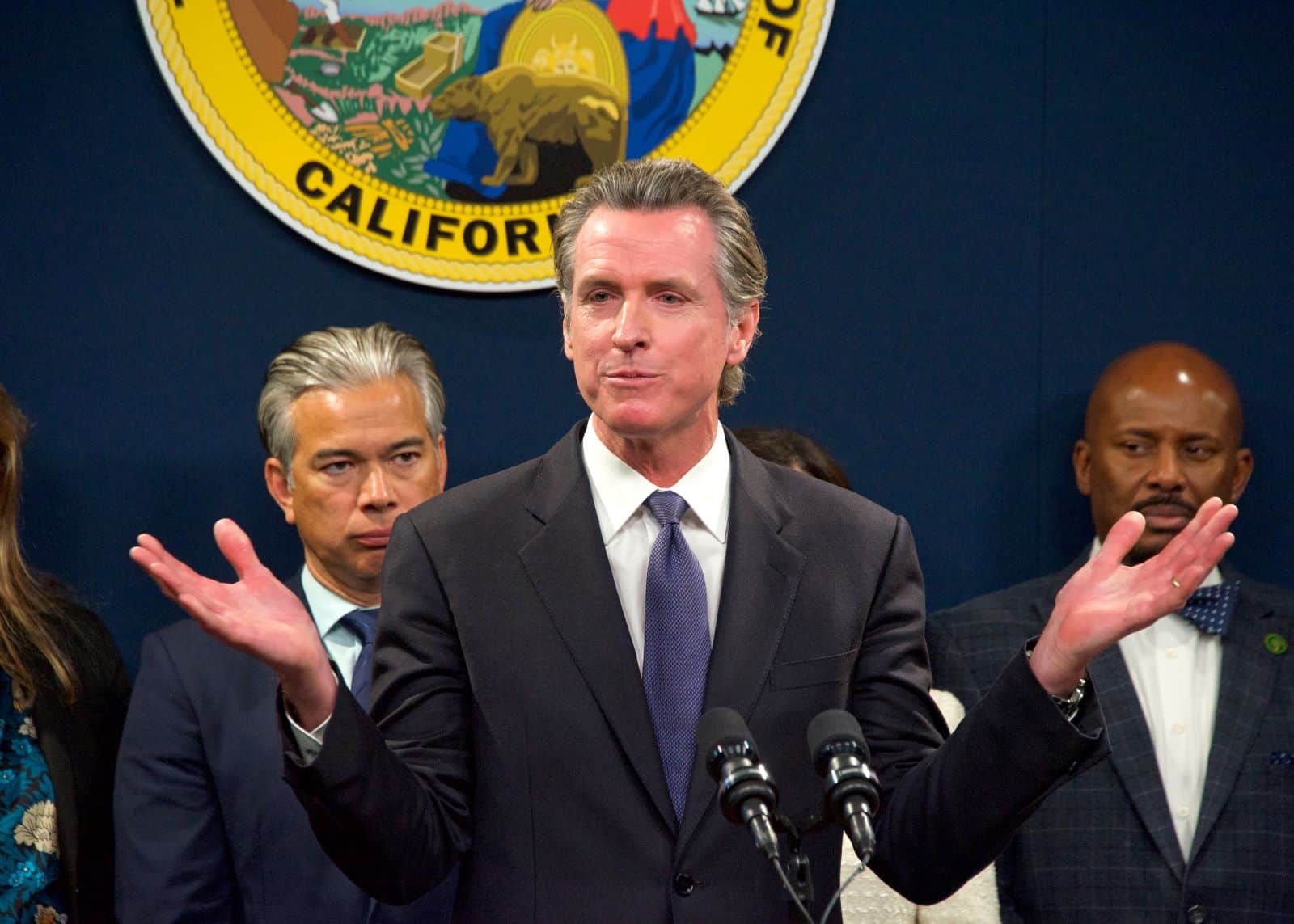
Last September, Californian Governor Gavin Newsom signed a bill into law that promised fast-food chain workers a minimum wage of $20 per hour.
Record-Breaking Profits
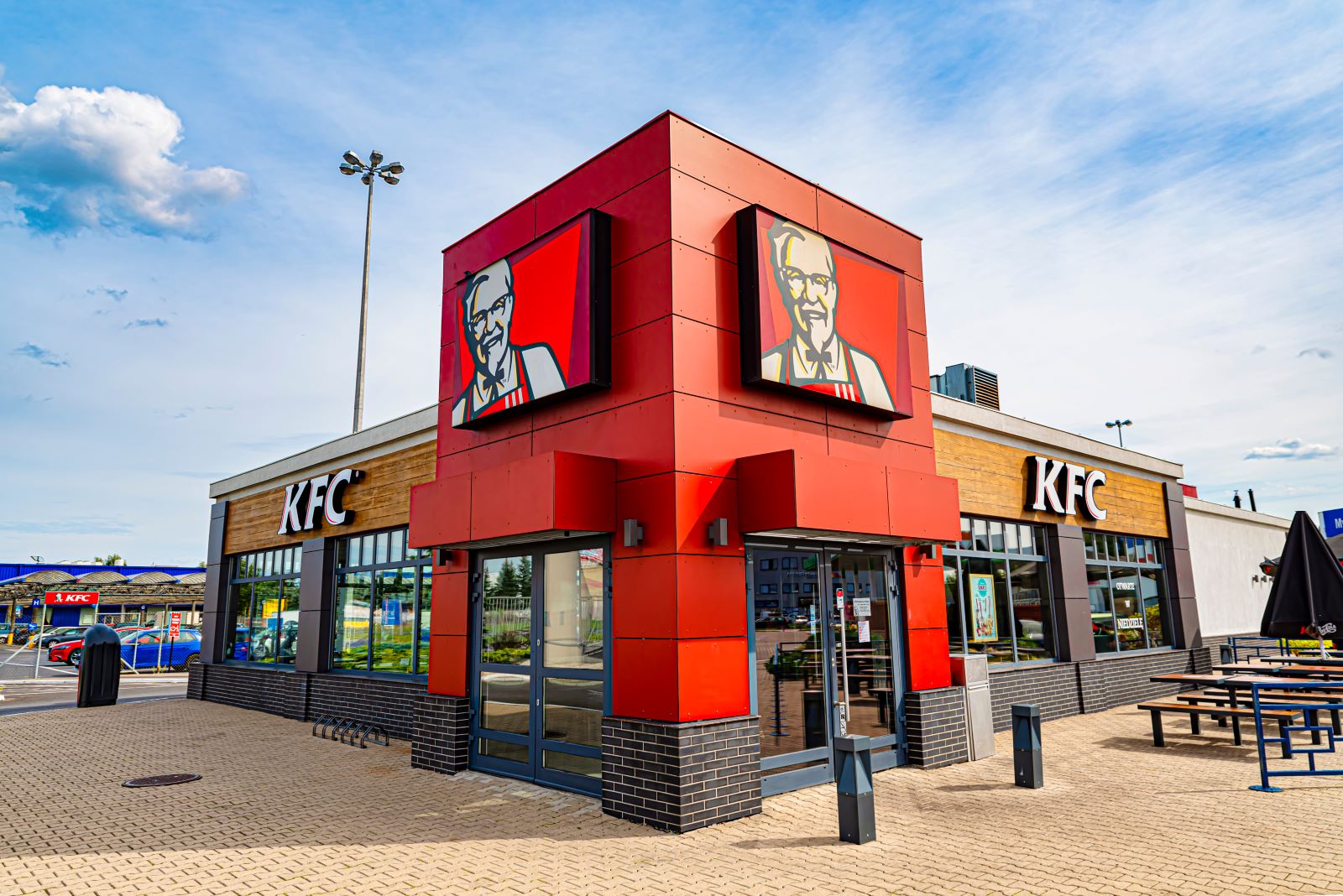
This law was created following record-breaking profits from fast food giants like McDonalds and KFC.
In-Work Poverty

Reports at the time pointed to a high percentage of restaurant workers living in poverty despite working full-time jobs, and this was part of the reason Newsom pushed for a wage increase.
The Tipped Minimum Wage
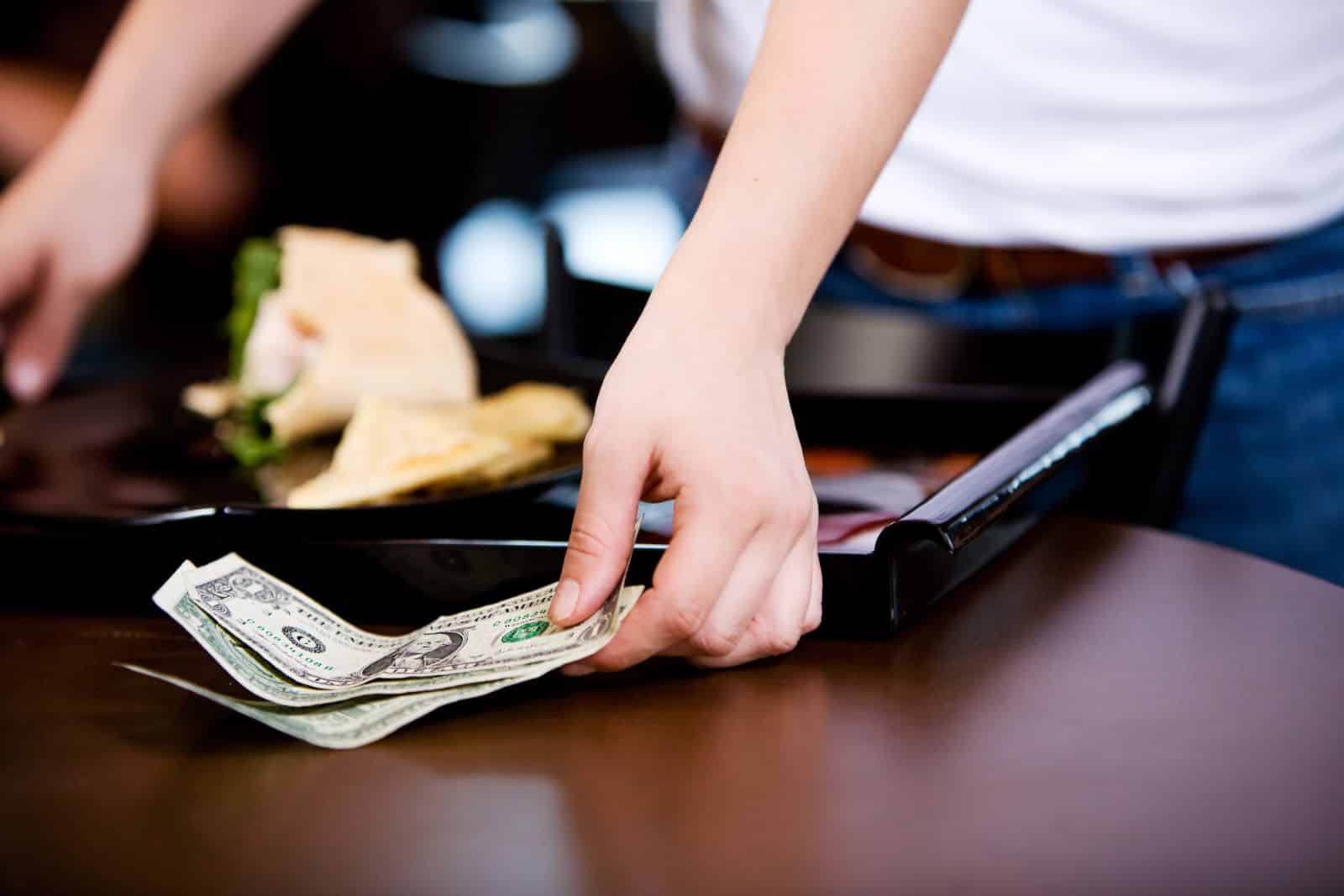
At the time, Californian workers were forced to accept the “tipped minimum wage,” where restaurants could pay as little as $2.13 per hour if tips brought the total earnings up to the federal minimum wage of $7.25 per hour.
Introduction of the $20 Minimum Wage

Despite pushback from business owners, a $20 minimum wage came into effect on April 1st, 2024.
Initial Reactions and Predictions

While initially there were analyses from both sides of the argument, some arguing that the wage hike hadn’t affected sales, others arguing the opposite, it’s only now – with recent data – that we are able to see the true effects.
Emergence of Recent Data

According to the data, California’s new minimum wage might be hitting the industry hard. Foot traffic to big chains like McDonald’s, Burger King, and In-N-Out Burger has taken a nosedive since they hiked their prices to cover the new wage costs.
Analysis of Foot Traffic Trends

Placer.ai, a company that tracks foot traffic, has revealed that the number of people visiting these chains in April and May dropped compared to the national average. This suggests that higher prices might be scaring off customers.
Placer.ai’s Insights on Fast Food Chains

R.J. Hottovy from Placer.ai pointed out in a report, “It’s clear that the menu price increase is having an impact.”
A State With A Higher Than Average Foot Traffic

Before the wage hike, fast-food visits in California were actually slightly higher than the national trend in February and March.
Decrease in Foot Traffic Post-Wage Hike

But after the new law kicked in, California’s fast food foot traffic fell behind the national average in seven out of eight weeks in April and May.
Impact of Menu Price Increases

To deal with the higher labor costs fast-food chains have been increasing their prices, adding more technology like self-service kiosks, and even debating about cutting back their opening hours.
Slashing Labor
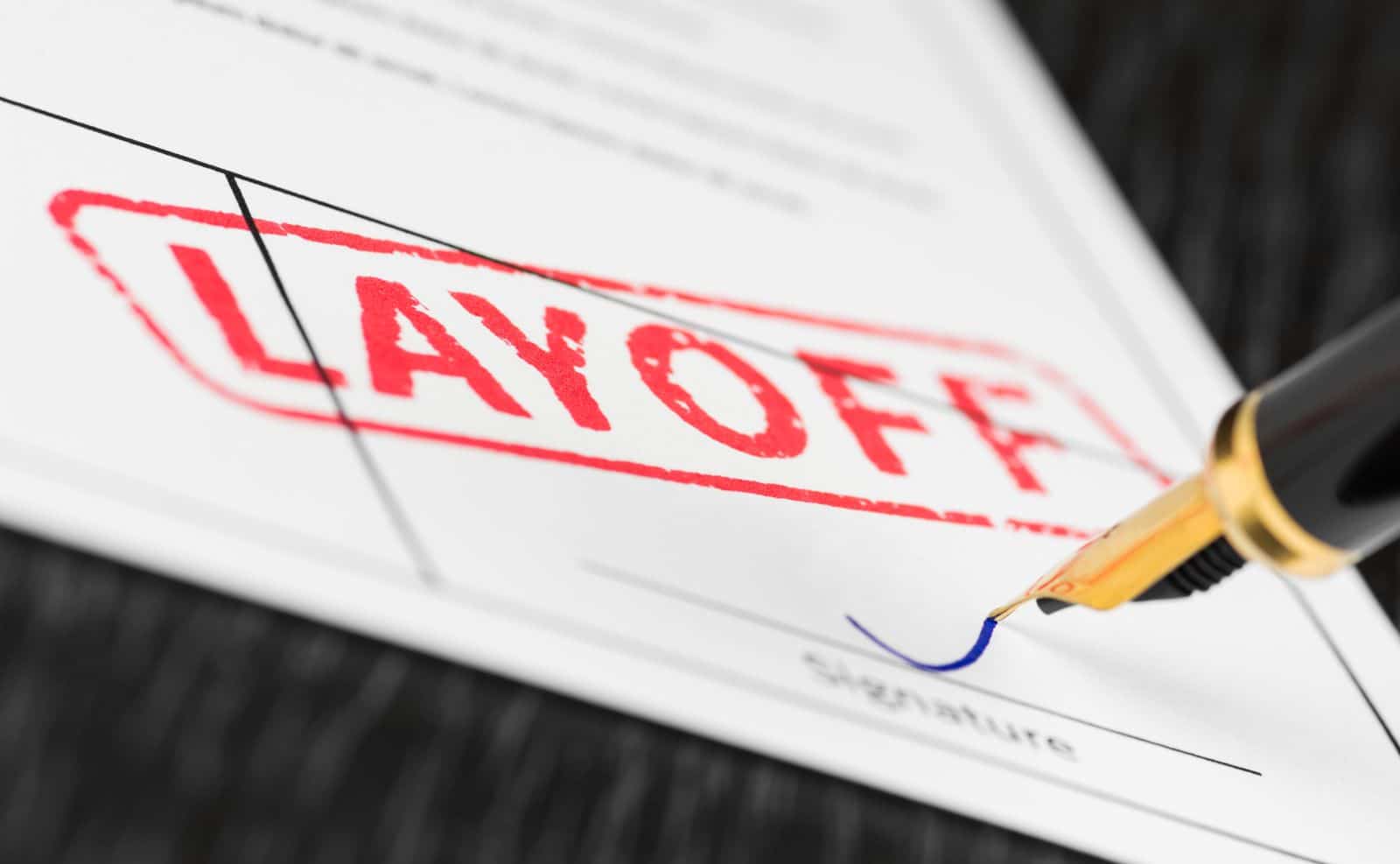
Some pizza places have even laid off delivery workers to balance the books.
McDonald’s, Burger King, In-N-Out

Data from Placer.ai shows that McDonald’s, Burger King, and Wendy’s all saw a bigger drop in visits in California compared to their national numbers in April and May. In-N-Out also didn’t do too well in California when looking at their national performance.
Beyond Foot Traffic

It’s not all doom and gloom, however. Experts point out that this data only looks at foot traffic – not delivery orders or how much people are spending when they do visit.
Unanswered Questions
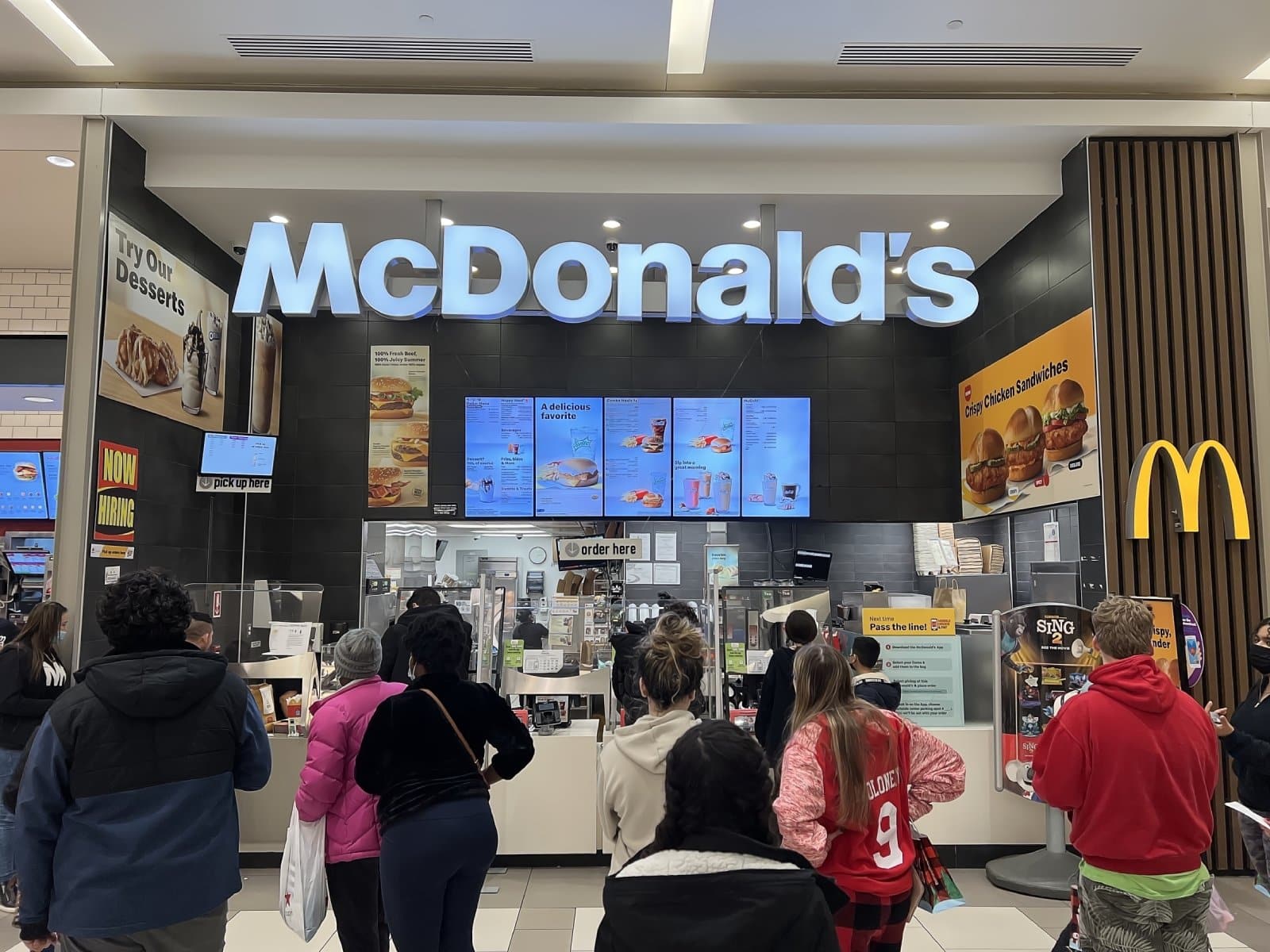
So, while fewer people might be going to these restaurants, we don’t know if they’re making up for it in other ways. Despite that, it’s clear that the new wage law is having at least some effect on customer visits.
Mixed Reactions to the Wage Increase

The idea behind the $20 minimum wage was to help workers handle the sky-high cost of living in California. However, the fast-food industry has been very vocal against it.
CEO Perspectives

An unlikely source of optimism about the $20 minimum wage was the CEO of GoTo Foods, Jim Holthouser.
Labor Availability

GoTo Foods owns multiple big chains – including Cinnabon, Moe’s Southwest Grill, Auntie Anne’s, and Jamba Juice – and Holthouser was quoted as saying, “If there’s a silver lining in all that, it’s it’s greatly improved the availability of labor for QSR [quick-service restaurants] at least temporarily in California.”
Public Opinion Split

Opinions are split in California. Some people think fast food workers deserve higher pay because the job is tough, but others are worried that these wage hikes will lead to even higher prices at their favorite chains.
Future Expectations

We likely won’t understand the full effects that California’s new minimum wage has had on the fast food industry until company earnings roll around later on in the year – and even then, it may take a year’s worth of data to be able to see the total impact.
Remote No More: 19 Companies Returning to the Office

As the pandemic wanes, companies are recalling remote workers back to the office, sparking debates on fairness, costs, and convenience. However, there are also notable productivity, coworking, and mental health benefits to consider. Feeling the effects of these changes? Remote No More: 19 Companies Returning to the Office
8 Costco Must Buys and 8 to Leave Behind

Ever wandered Costco’s aisles, questioning if that giant jar of pickles is a real bargain? Or debated buying tires where you get your rotisserie chicken? Welcome to the definitive guide to Costco shopping—a journey to save money, prevent regrets, and offer quirky insights into bulk buying. 8 Costco Must Buys and 8 to Leave Behind
23 Reasons Texas Is the Next Big Thing
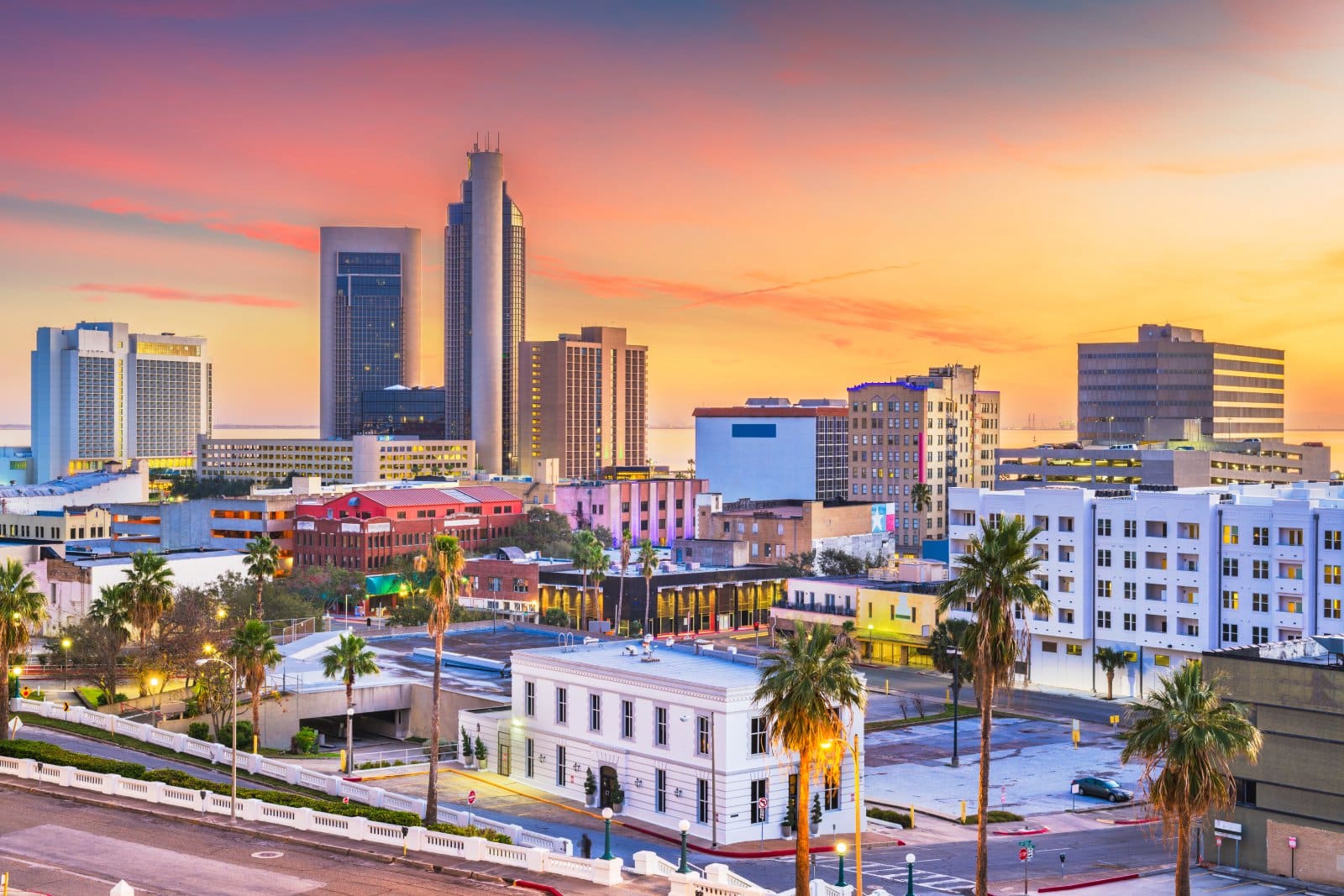
Texas is becoming a beacon of opportunity, blending cultural heritage with economic growth. From its landscapes to its industries, the Lone Star State offers a dynamic lifestyle. Here are 23 reasons why Texas stands out, attracting entrepreneurs, artists, tech professionals, and families seeking new beginnings. 23 Reasons Texas Is the Next Big Thing
The post The Real Effects Of California’s $20 Minimum Wage first appeared on Career Step Up.
Featured Image Credit: Shutterstock / Sorbis.
The content of this article is for informational purposes only and does not constitute or replace professional financial advice.

